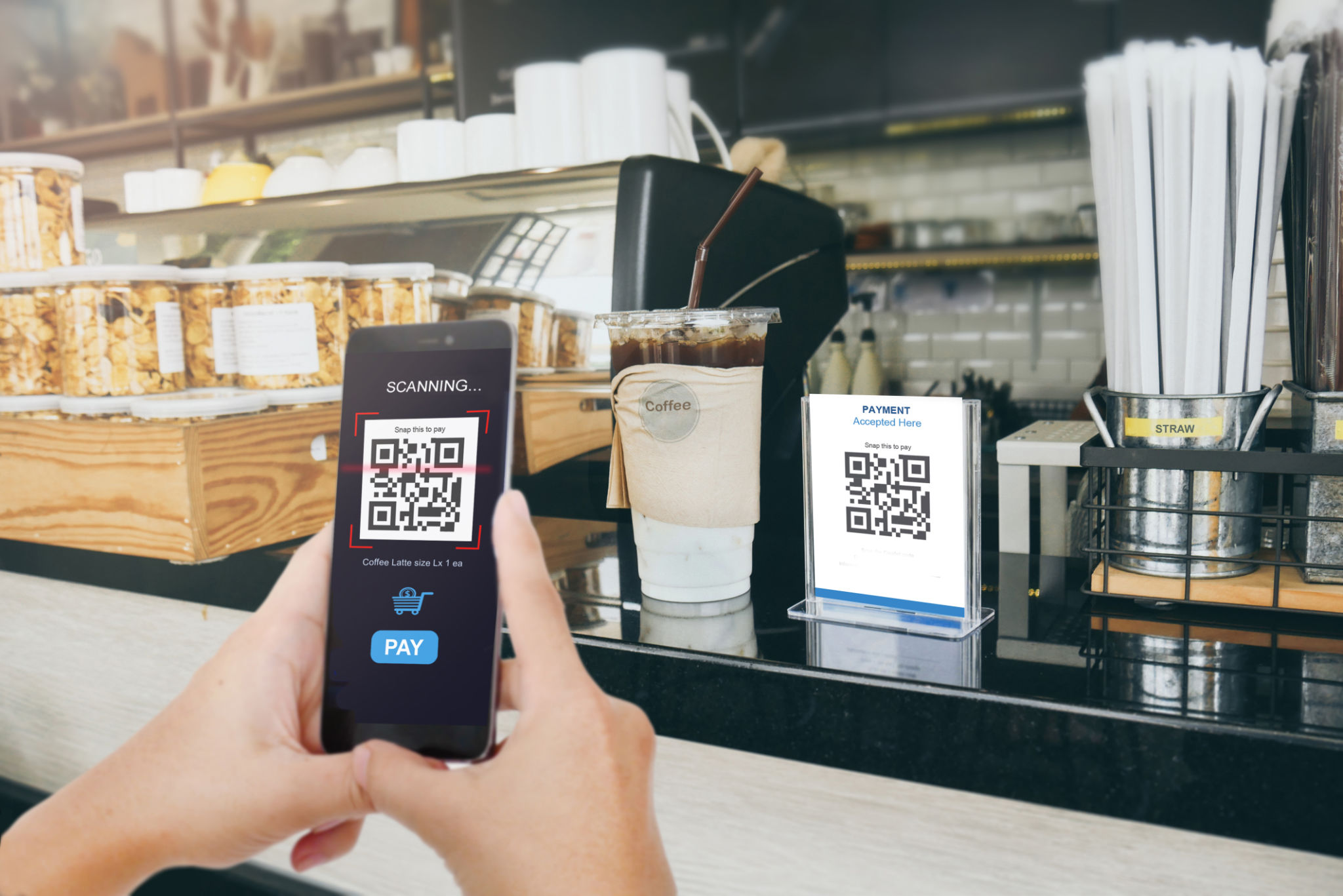A Step-by-Step Guide to Setting Up Mobile Payment Services
In today's fast-paced digital world, offering mobile payment options can significantly enhance the customer experience and boost your business's efficiency. Mobile payments are not only convenient for customers, but they also streamline the transaction process, making it faster and more secure. If you're looking to set up mobile payment services for your business, this step-by-step guide will walk you through the essential steps.
Understanding Mobile Payment Options
Before diving into the setup process, it's crucial to understand the different types of mobile payment options available. The most popular methods include:
- Mobile Wallets: Apps like Apple Pay, Google Pay, and Samsung Pay that allow users to store card information and make payments via NFC (Near Field Communication).
- QR Code Payments: Customers scan a QR code to complete transactions, commonly used in apps like PayPal and Venmo.
- Contactless Credit and Debit Cards: Cards equipped with RFID technology that allow tap-and-go payments.

Choosing the Right Payment Provider
Selecting a reliable payment provider is crucial for the success of your mobile payment setup. Consider factors such as transaction fees, security features, integration capabilities, and customer support. Popular providers include Square, Stripe, PayPal, and Adyen. Compare their services to find the best fit for your business needs.
Security and Compliance
When dealing with financial transactions, security is of utmost importance. Ensure that the payment provider you choose complies with industry standards such as PCI DSS (Payment Card Industry Data Security Standard). This compliance protects both your business and your customers' sensitive information.
Integrating Mobile Payments into Your Business
Once you've chosen a payment provider, the next step is integration. Depending on your business model, you may need to integrate mobile payments into your point-of-sale (POS) system or e-commerce platform. Most providers offer plugins or APIs to facilitate this integration. Ensure that your staff is trained on how to operate the new system efficiently.

Testing the System
Before fully launching mobile payments, conduct thorough testing to ensure everything functions smoothly. Test different transaction scenarios to identify any potential issues. It's important to simulate real-world conditions to guarantee a seamless experience for your customers once the service is live.
Launching and Promoting Your Mobile Payment Services
After successful testing, it's time to launch your mobile payment services. Promote this new feature to your customers through various channels such as email newsletters, social media, and in-store signage. Highlight the convenience and security benefits to encourage adoption.
Monitoring and Optimization
Post-launch, continuously monitor the performance of your mobile payment services. Gather feedback from customers and staff to identify areas for improvement. Regularly update your systems and software to keep up with technological advancements and enhance security measures.

By following these steps, you can successfully set up mobile payment services that will enhance customer satisfaction and streamline your business operations. Embracing this technology not only keeps you competitive but also positions your business for future growth in an increasingly cashless society.